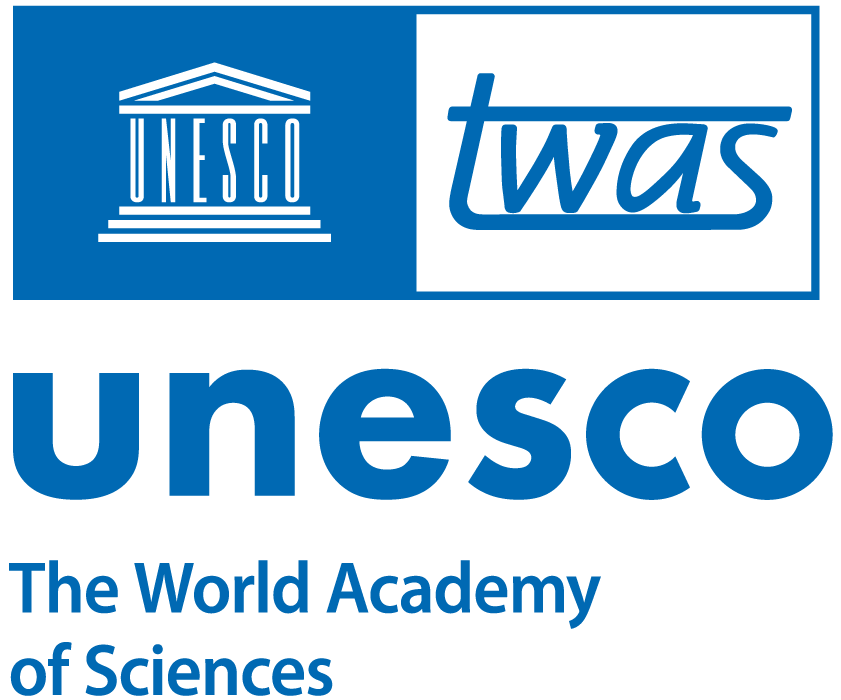Filipino physician Edsel Salvaña will never forget one case. A young man in his 20s had been diagnosed with HIV in 2006. But when he sought help, doctors were so disgusted by his diagnosis they rushed him out of the hospital without redirecting him to an HIV clinic, leaving him terrified of facing that stigma all over again.
 Salvaña saw him as an in-patient two years later. By then the young man was covered with sores which they determined to be a common fungus that typically causes harmless skin infections. But with his weakened immune system, the fungus went on to kill him, and Salvaña had to explain to his mother that her son was going to die.
Salvaña saw him as an in-patient two years later. By then the young man was covered with sores which they determined to be a common fungus that typically causes harmless skin infections. But with his weakened immune system, the fungus went on to kill him, and Salvaña had to explain to his mother that her son was going to die.
“I was heartbroken, as I thought of my own mother, and my own son,” he said. “And I swore to myself that I would do everything in my power to beat this disease and spare mothers the heartbreak of what we were going through.”
The patient was one of several HIV cases that Salvaña saw when he returned to work in the Philippines after training in the United States. The rising threat of HIV inspired him to develop the Philippines’ first social marketing campaign against the disease.
In a talk at the recent IAP for Health Conference in Beijing, China, he discussed how the principles underlying social marketing can be useful for promoting health beyond medical clinics by encouraging healthier behaviour.
For Salvaña, there was an urgent need to get the word out about a growing crisis. He had only seen one full-blown HIV/AIDS case as a medical student in the Philippines in 2002. But after returning in 2008, he saw 12 in just a few months. All of them were young, and about half died from the disease. “I continued to see an avalanche of cases in the following months," he said, "and I decided to switch gears and concentrate my clinical and research focus to HIV.”.
Salvaña’s work on HIV awareness and prevention earned him The Philippines' Outstanding Young Men’ award in 2010, and selection in 2012 as one of the Ten Outstanding Young Persons of the World by JCI International. In 2013, he was selected by IAP for Health (then IAMP) as a Young Physician Leader.
It can be a difficult challenge to get people excited about public health, said Salvaña. But doctors and health policy experts can turn to marketing techniques, because marketers have mastered how to make an idea or a product desirable. The problem, he said, is well-illustrated by what’s known as the 'Coca-Cola Conundrum'.
“Why is it so hard to get life-saving medications into a remote village in Africa? But when you get there [the villagers already] have Coca-Cola and iPhones?” he said. “It’s because marketing is effective. You’re creating the perception of value. And you can use the Coca-Cola conundrum to study how to change people’s behaviour.”
![A poster advertising tthe Philippine Red Party, an HIV awareness event. [Image provided]](/sites/default/files/inline-images/salvana_poster.png) The intended effect of social marketing is to use the power of marketing to improve people’s behavioural habits, such as eating healthier, exercising, getting screened for cancer, stopping smoking, testing for HIV, using birth control, and lobbying for more funding for public health. But it is sometimes controversial because it can be considered coercive and can even include mixing public campaigns with private interests in the form of donors and sponsors.
The intended effect of social marketing is to use the power of marketing to improve people’s behavioural habits, such as eating healthier, exercising, getting screened for cancer, stopping smoking, testing for HIV, using birth control, and lobbying for more funding for public health. But it is sometimes controversial because it can be considered coercive and can even include mixing public campaigns with private interests in the form of donors and sponsors.
Still, some social marketing campaigns have been proving incredibly successful, such as the well-known international pink ribbon campaign that urges women to screen for breast cancer.
With Salvaña’s help, a similar campaign made an impact on HIV in the Philippines. He and a diverse group of medical specialists, HIV patients and advocates with a stake in the issue drew inspiration from medical students in Australia who run benefit concerts called 'Red Parties' that promote AIDS education and fundraising. The concerts are adorned with red, the international colour for HIV and AIDS.
On 5 September, 2009, the Philippine Red Party was created and held its own benefit concert simultaneously with Australia’s. Meanwhile, the local MTV branch ran commercials on the issue. They raised enough funds to purchase a machine useful for diagnosing HIV for the Philippine General Hospital in Manila. Science also took notice, publishing their benefit’s poster alongside an article on HIV in Asia.
The party and its related coverage in the months that followed also prompted a surge in HIV testing at Philippine General Hospital, which climbed from 39 patients in the month of September 2009, the month of the concert, to a peak of 150 patients in February 2010. This means that the party accomplished an important first step, said Salvana, because while it’s important to keep the message going, getting the message out in the first place is the most challenging.
“Media can also pressure your potential leaders,” he said. “The Philippine government declared an AIDS epidemic, and our campaign was a significant reason for that. But then it needs to be sustained and you have to cast your net wide.”
Salvaña told the IAP audience on 28 September that it wasn’t easy to get people to see HIV as a pertinent issue. He faced accusations that he was spreading panic. But what he saw on the ground in clinics as a physician was alarming enough that he continued to push forward with broad support from friends in the media, other advocates and medical students who started studying infectious diseases and found their own calling in fighting the spread of HIV in the Philippines.
“It was a difficult road,” he said, “but the truth eventually came out because young people were dying, and the government could no longer ignore it.”
Sean Treacy

